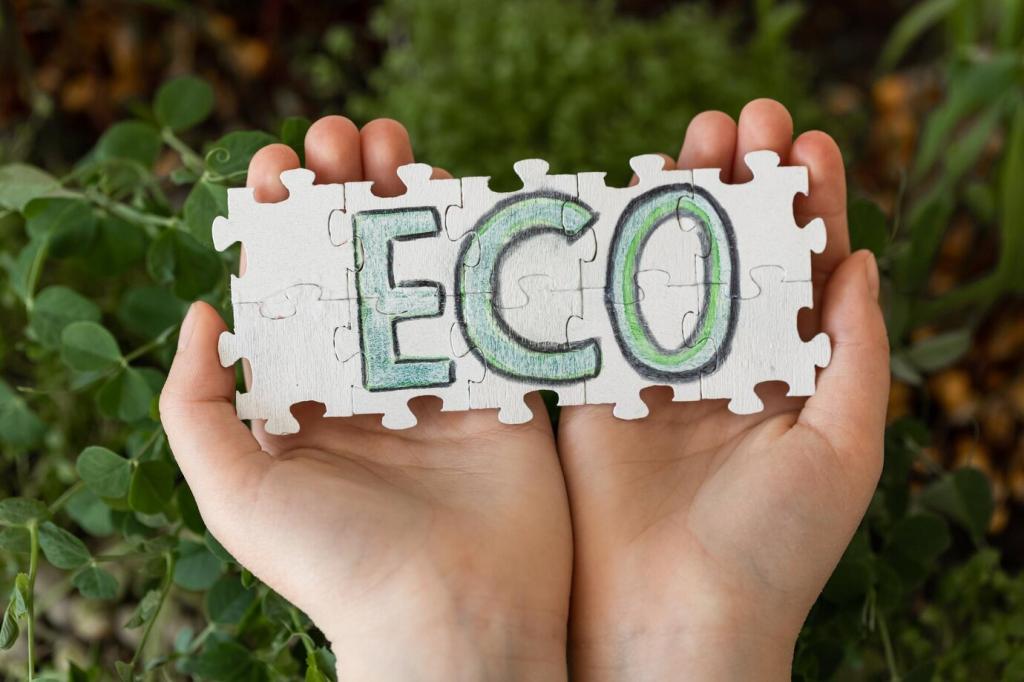The concept of circular economy is transforming the world of interior design by prioritizing sustainable practices that reduce waste and enhance the reusability of materials and products. As traditional design approaches often lead to excessive waste and environmental impact, the circular economy offers a refreshing alternative. By adopting principles such as resource efficiency, repurposing, and closed-loop systems, interior designers can create beautiful, functional spaces that are also environmentally responsible. This approach not only helps protect our planet but also adds unique character and story to interior spaces, proving that sustainability and style can go hand in hand.
The Principles of Circular Economy in Interior Design
01
Focusing on longevity in design means creating interiors that remain functional and attractive over extended periods. This involves selecting timeless styles, durable materials, and high-quality craftsmanship that can withstand daily wear and changes in trends. When interiors are conceptualized to last, the frequency of renovations and replacements decreases, directly reducing the amount of waste generated. Designers must anticipate not only current needs but also potential future uses, ensuring that spaces are versatile and easily maintained. Through thoughtful choices and attention to durability, longevity becomes a core driver in the reduction of environmental impact.
02
Repurposing existing materials and using adaptable elements are essential to a circular approach in interior design. Rather than discarding furniture, fixtures, or decorative items, creative thinking enables designers to translate old items into new uses—such as turning reclaimed wood into shelving or repurposing industrial elements as statement lighting. Adaptable designs, such as modular furniture or flexible layouts, allow spaces to change according to evolving needs. This adaptability inherently increases the usable lifespan of both products and interiors, cutting down on material consumption, disposal, and potential waste.
03
Selecting materials that support closed material cycles underpins the circular economy philosophy. Renewable, recycled, and easily recyclable materials minimize resource extraction and help keep valuable components circulating within the economy. Examples include using products made from recycled glass, metal, or plastics, and choosing woods from sustainably managed forests. Additionally, circular materials are often designed for disassembly, meaning they can be easily taken apart and reused or recycled at the end of their lifecycle. This careful material selection not only protects the environment but also underscores a commitment to mindful, responsible design.
Reducing Waste Through Thoughtful Design Strategies
Modular and Demountable Interiors
Modularity and demountability are vital in crafting interiors that can be easily updated, reconfigured, or relocated without creating significant waste. Modular walls, flooring, and cabinetry allow components to be replaced or upgraded without the need for total demolition. When a business moves or a homeowner’s needs change, these systems make the transformation effortless and efficient, minimizing discarded materials. Demountable features encourage a circular mindset by enabling the separation of components for recycling or reuse in future projects, keeping valuable resources circulating.
Salvaging and Upcycling Materials
Salvaging and upcycling are creative and practical methods for making the most of what already exists. Instead of resorting to new, resource-intensive purchases, interior designers can source materials from demolition sites, surplus stores, or previous interiors. Upcycling transforms discarded or unwanted items into functional or decorative pieces that carry both history and character. These approaches reduce the demand for virgin materials and help divert waste from landfills, while also resulting in truly unique and meaningful interiors.
Optimizing Space Usage
Maximizing the potential of every square meter is a subtle yet powerful waste-reduction strategy. Efficient space planning ensures that interiors do not require frequent reworking or unnecessary expansions, both of which can generate substantial construction waste. Through multi-functional furniture, smart storage solutions, and adaptive layouts, each area is utilized to its fullest capacity. This approach not only eliminates wasted space but also conserves the materials and energy required for future alterations, supporting long-term sustainability goals.
Increasing Reusability and Product Life
Cultivating a culture of repair and maintenance is pivotal in moving away from a disposable mindset. By prioritizing fixable items and services that extend the life of interior elements, designers ensure that products can serve their purpose for many years. Encouraging clients to invest in restorative care—such as reupholstering chairs or refinishing wood—prevents premature discarding and supports skilled local trades. This outlook not only conserves resources but also fosters an emotional connection to well-made, enduring pieces.

